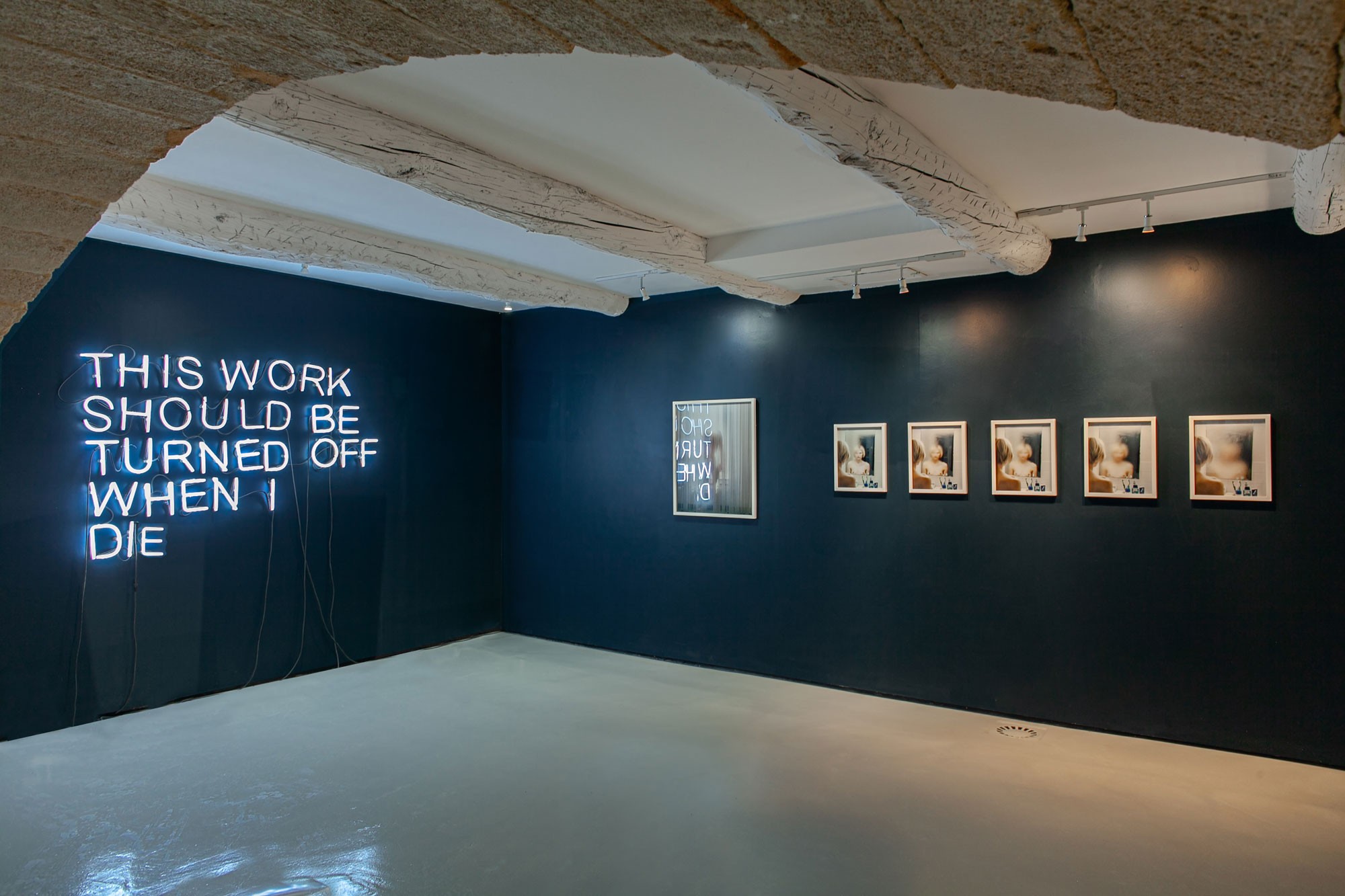
Plein Sud : The title of the exhibition ‘Passe-Muraille’ refers to Marcel Aymé's book of the same name. How does the exhibition echo this story and title?
Stéphane Ibars : The title came up in conversation with Nicolas Mazet (owner of Gallifet) and Kate Davis (director of Gallifet), with whom I've worked in collaboration. The location of the exhibition, an old domestic building, reminded me both of the place that houses the Lambert collection in Avignon and of the house where Yvon Lambert sometimes lives in the South of France. The history of the collection itself reveals Yvon Lambert's interest in artists who have all, at some point in their lives and careers, sought to disrupt artistic forms and cross borders. Marcel Aymé's ‘Passe-Muraille’ tells the story of a person with the power to pass through walls, and this is ultimately what is symbolically attributed to the artists in this collection. The fact that we're evoking a book that is widely read, and that many people are familiar with, also means that we can offer people the chance to experience art with keys that they already have within them.
PS : How were the different areas of the Gallifet town house used for the exhibition?
S.I. : Unlike white cubes (a neutral exhibition space with white walls, editor's note), this kind of space has the ability to draw visitors into stories, emotions and presences. I think that thanks to these spaces, half the work of the exhibition is already done. Visitors can project themselves more quickly into places that are steeped in history and that the works of art bring to life. So it was quite easy for me to imagine something in these places, because thinking about the spirits and bodies that will pass through the spaces is something I really enjoy doing.
PS : Is this the first time you have exhibited a selection of works from the collection in Aix-en-Provence?
S.I. : The Collection Lambert has often worked with the city in the past, notably at the Conseil Général gallery, where several exhibitions organised by Eric Mézil (former director of the Collection Lambert, editor's note) have taken place, followed by a major exhibition in Avignon.
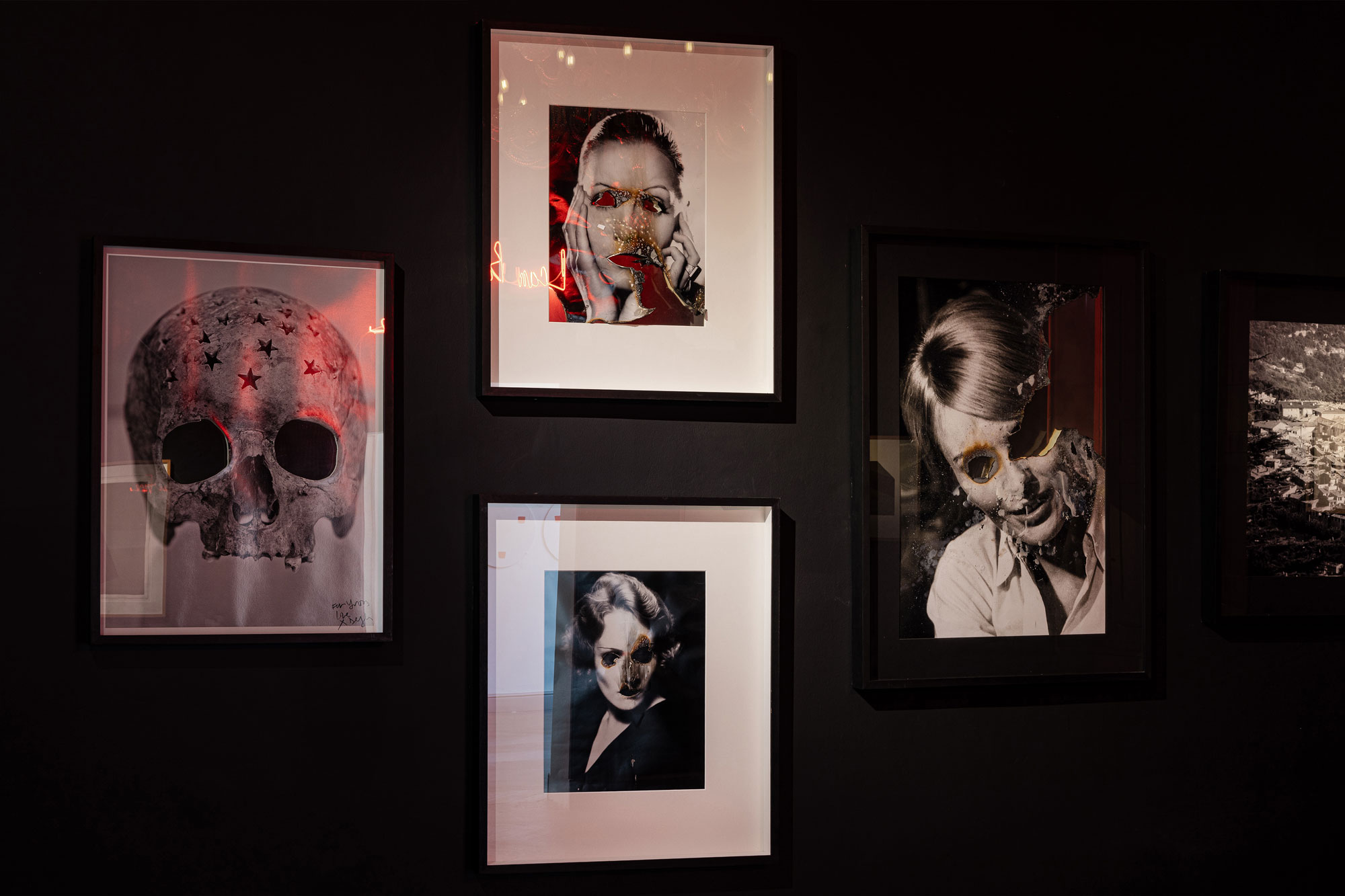
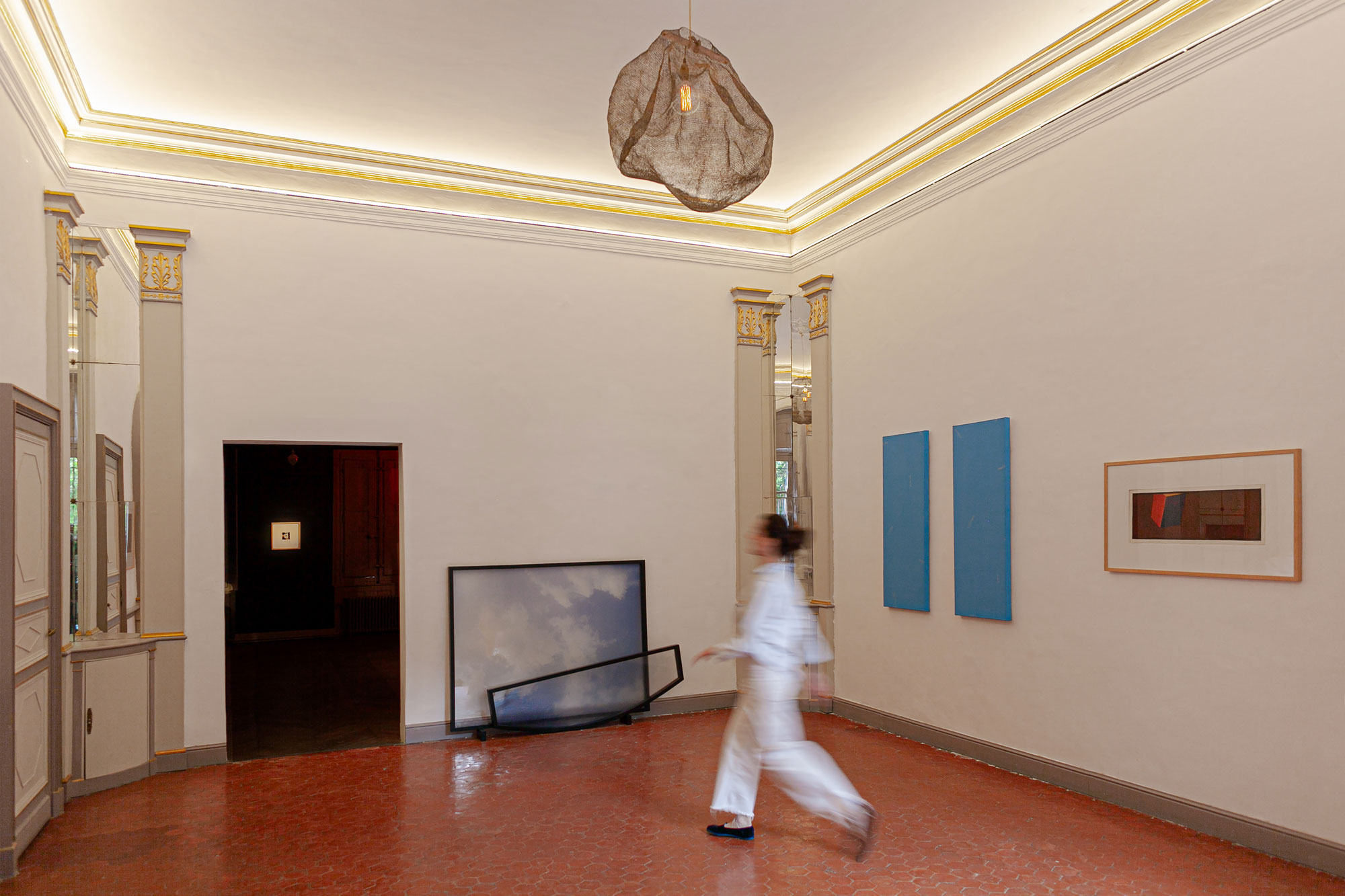
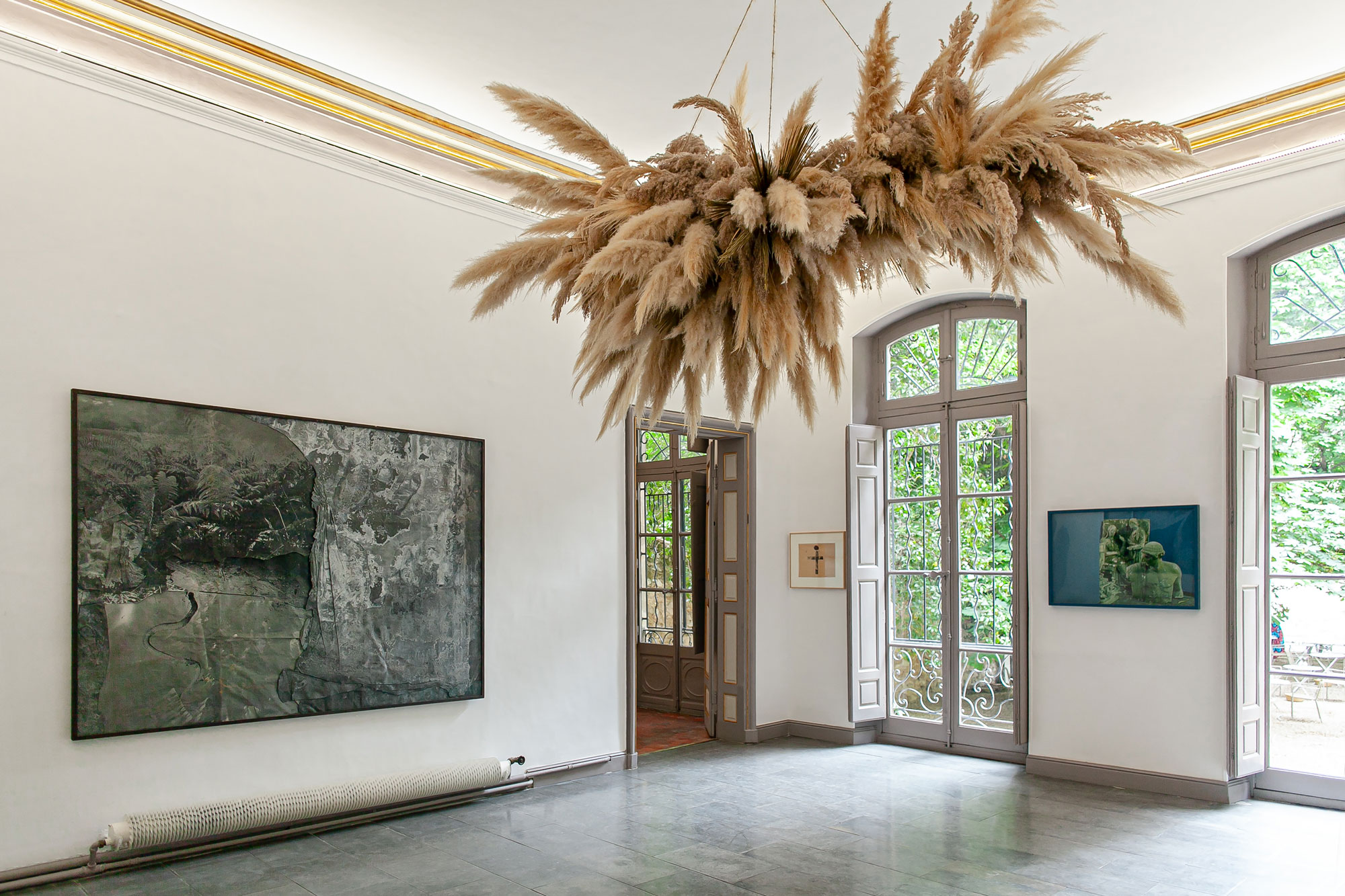
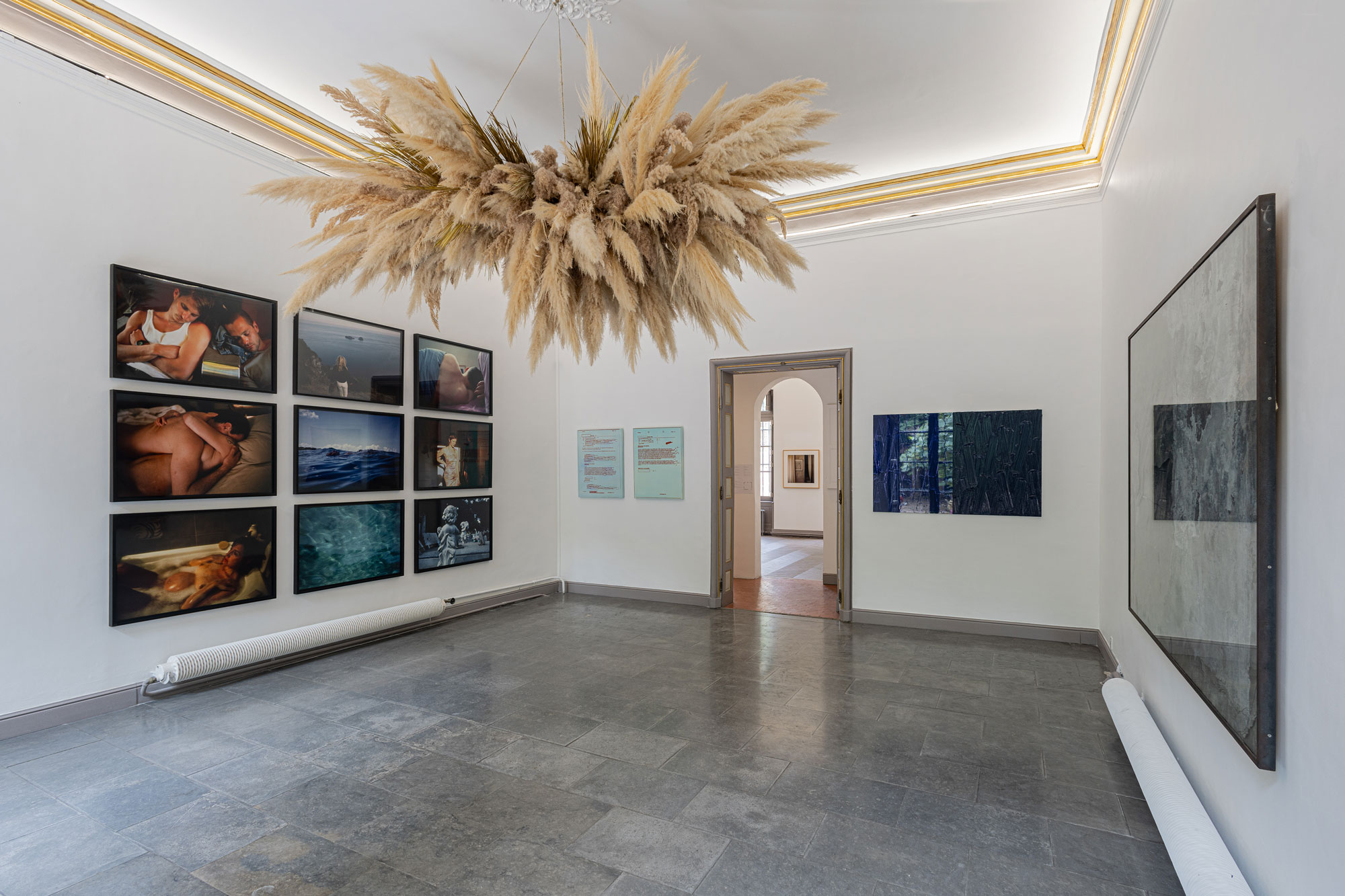

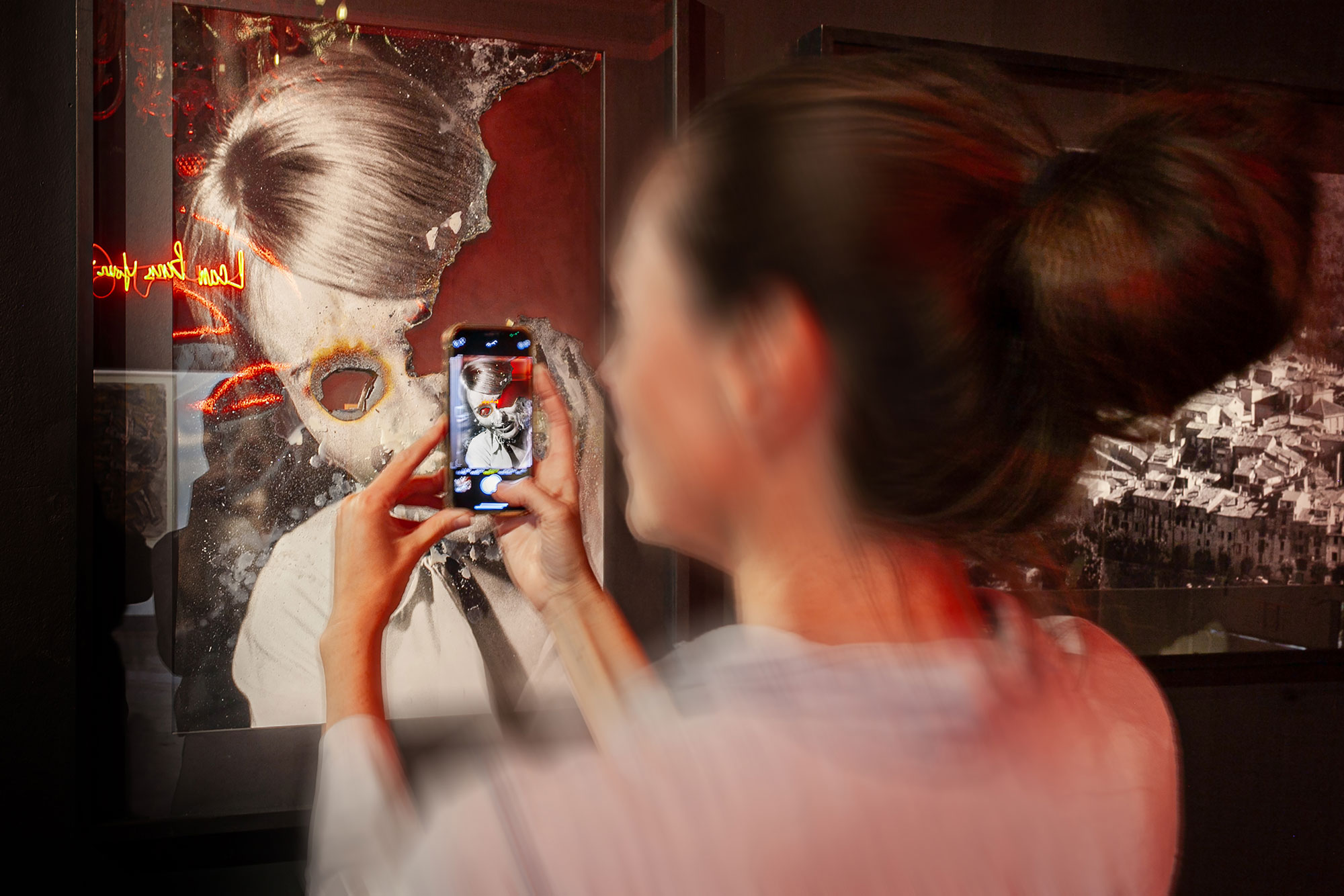
PS : How were the works selected? What is it about the 1960s and the American and European avant-gardes that is reflected in the more recent works also presented in the exhibition?
S.I. : As many of the works in the collection are currently on show in a number of different venues (the Yvon Lambert collection in Avignon and the Mucem in Marseille), we had to come up with a way of presenting the exhibition as a journey of initiation, like that of the character in Marcel Aymé's book. Each room has its own story to tell, telling a different way of looking at art. The idea was also to cover all aspects of the collection, starting with minimal and conceptual art and then moving on to artists who claimed to be minimalists but who worked in a different way, such as Douglas Gordon. I was interested in looking at different decades, in particular with Miquel Barceló in the 1980s, but also with more recent works such as those by Slater Bradley, Elina Brotherus and Salla Tykkä, to illustrate how Yvon Lambert fell in love with different artists and accompanied the artistic breakthroughs they made.
PS : Rather than being chronological, the exhibition has been organised by decade and by practice...
S.I. : Absolutely. We could take the example of Sol LeWitt, whose work was greatly influenced by Italian Renaissance artists such as Fra Angelico and Piero della Francesca, or Christian Boltanki, who is a real bridge-builder between minimal and conceptual art. Artists like these shake up art by finding their place in a much broader history of art than that of their generation. I hope we can feel these things in the exhibition...
PS : What role does photography play in the exhibition and in the Lambert Collection as a whole?
S.I. : There are a significant number of photographs in this exhibition, notably those by Douglas Gordon and Nan Goldin, but they are not the most represented medium. Yvon Lambert has a very unique relationship with photography. What interests him most are so-called ‘plastic artists’, in other words artists who use photography as a working tool, and who have also brought photography into the field of art. I'm thinking of Nan Goldin or Andres Serrano, people who were/are artists and who decided that the medium they wanted to use was photography, as it could have been painting or sculpture. Andres Serrano sees himself as a painter who works in photography because it's the medium that he feels speaks to his time. In the same way, Nan Godin is truly a pioneer of plastic photography, with her photographs taken on the fly, her ‘snap shots’ that capture an instant and people who disappear...
Passe-muraille, from Nan Goldin to Sol LeWitt, selected works from the Yvon Lambert Collection.
On view until 6 October 2024, at Gallifet, Aix-en-Provence